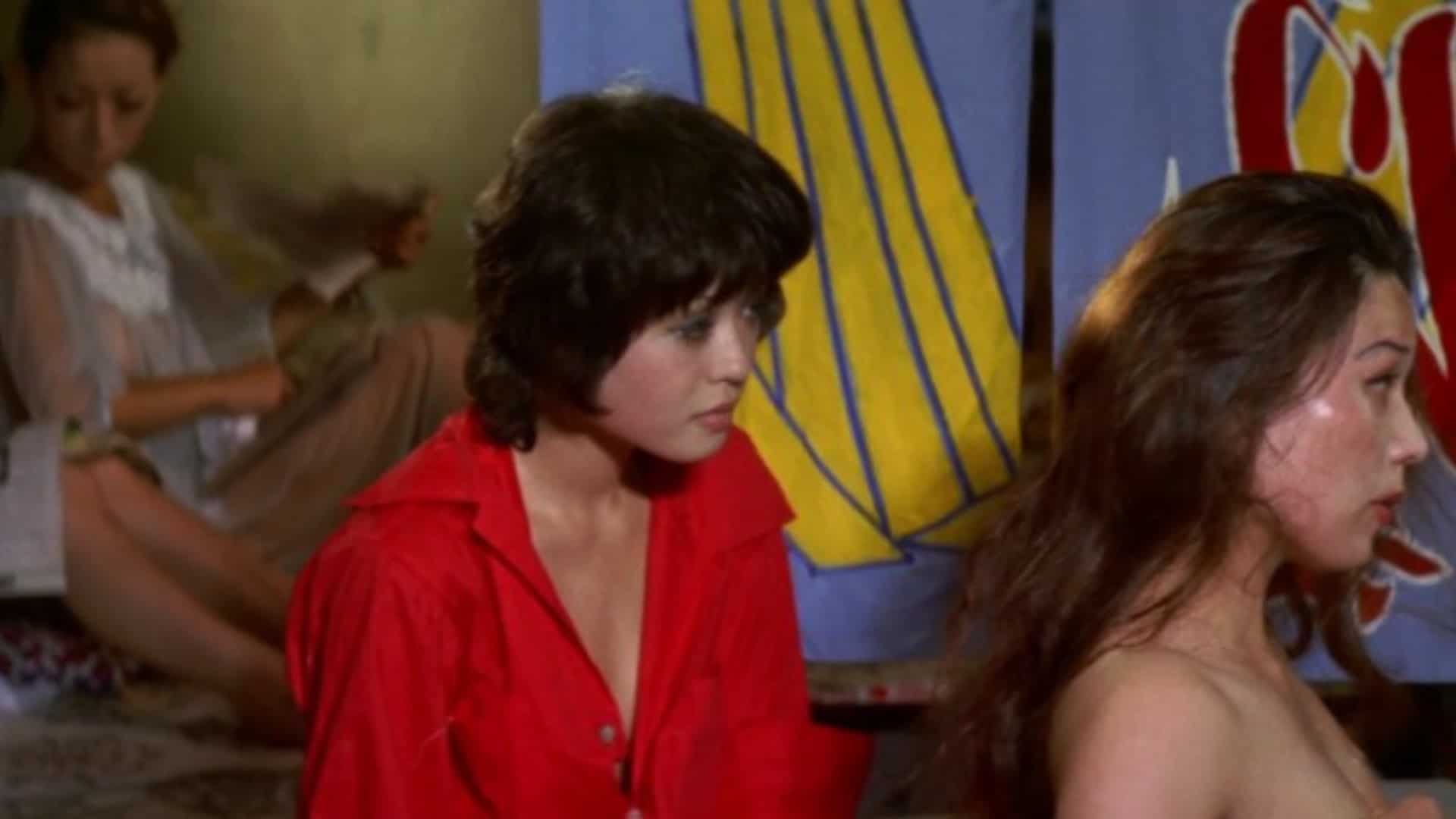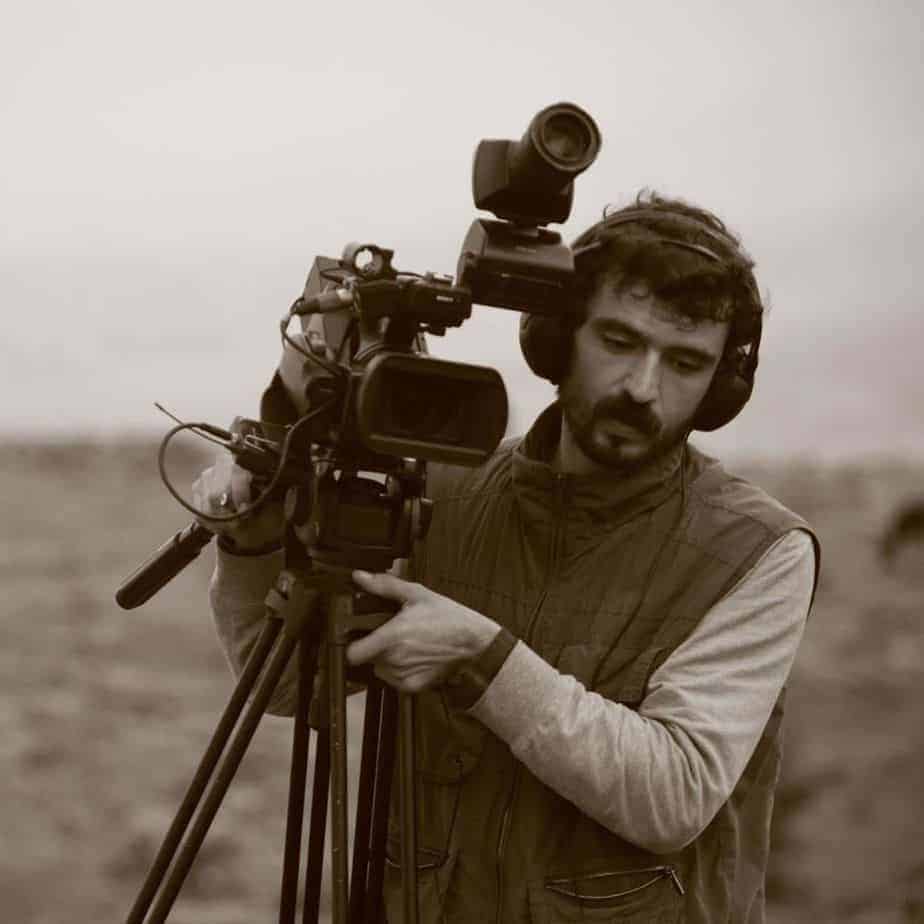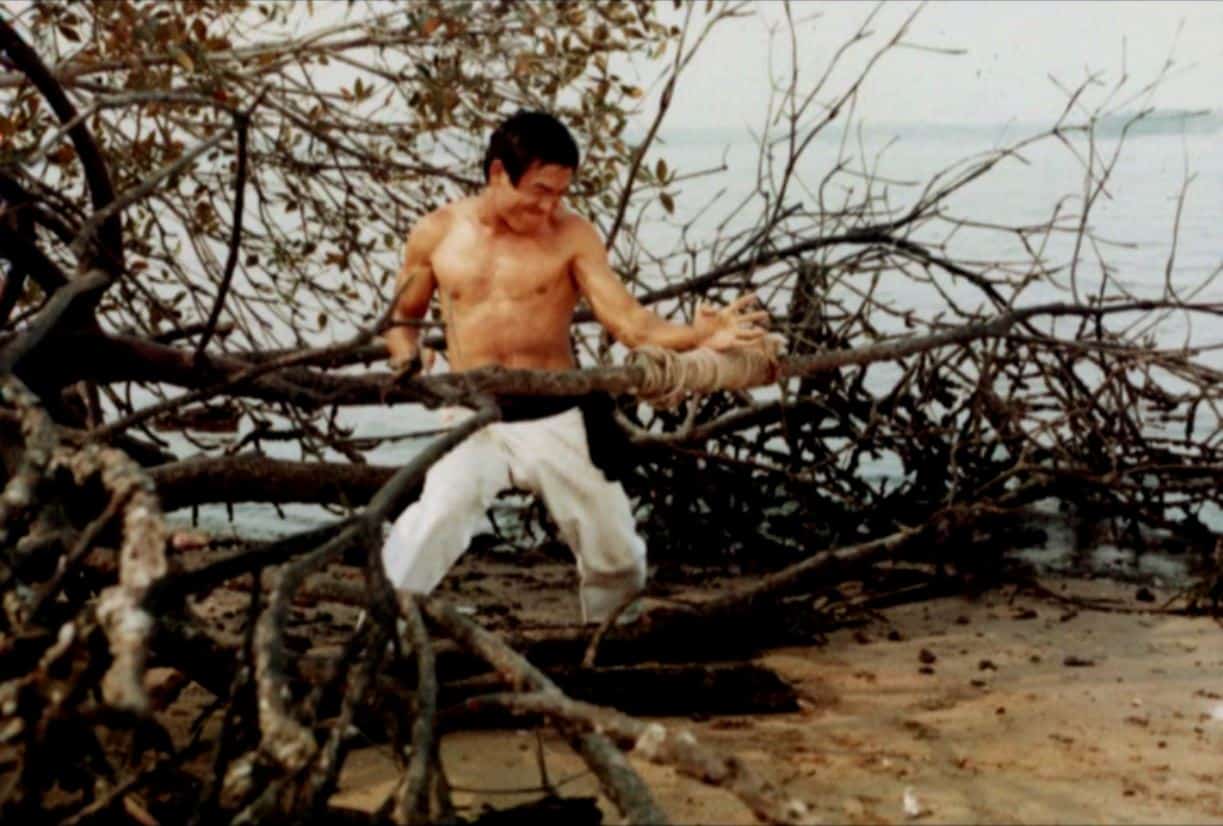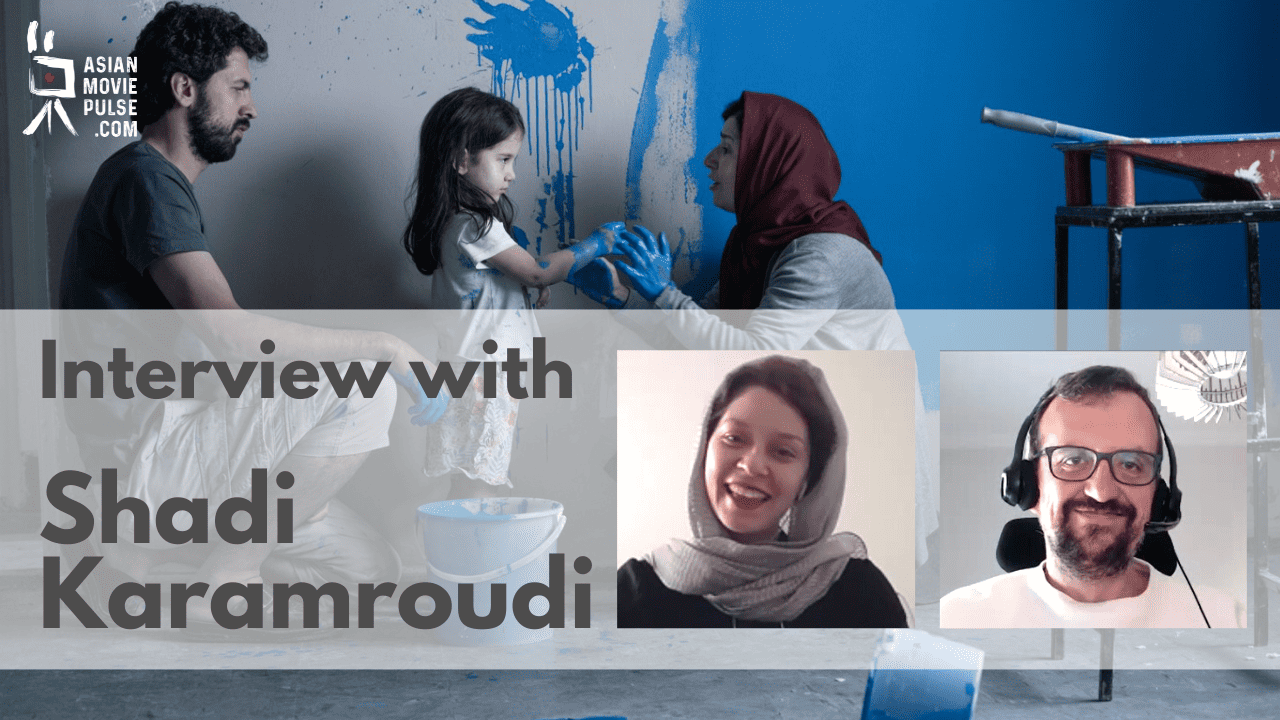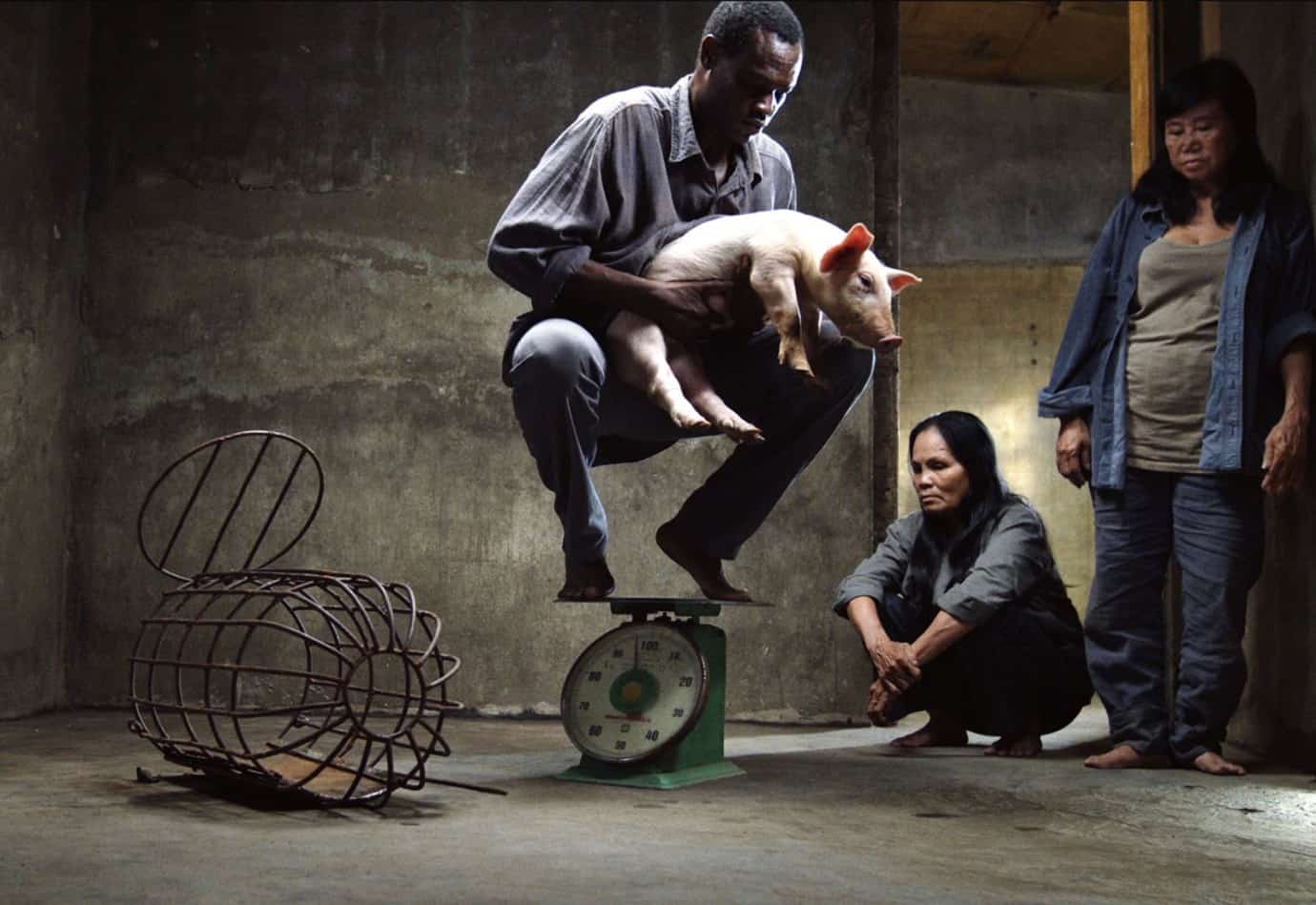The Association of Southeast Asian Nations (ASEAN) is a regional intergovernmental organization comprising of ten countries in Southeast Asia, namely Brunei, Cambodia, Indonesia, Laos, Malaysia, Myanmar, Philippines, Singapore, Thailand, Vietnam. Evidently, the movie industry of these countries does not yet reach the size of Japan, India and S. Korea for example, but through the support of foreign companies (S. Korea has invested heavily in Indonesia that last few years for example), streaming services (Netflix, HBO Asia, MUBI, etc) and a number of European festivals (Locarno, Rotterdam, Berlin), along with the continuous support of Busan, a number of local filmmakers have managed to produce movies of great quality. 25 of the best, we present in this list.
Without further ado, here are the best ASEAN films of 2021, in reverse order. Some films may have premiered in 2020, but since they mostly circulated in 2021, we decided to include them.
25. Death Knot (Cornelio Sunny, Indonesia)

In the end, “Death Knot” is a horror movie which relies on a growing sense of dread rather than jump scares. While the development of the plot, especially in the beginning, could have used a little but more work, its cinematography and how it establishes atmosphere show the talents of director Cornelio Sunny, along with his deep passion for the genre. (Rouven Linnarz)
24. Tellurian Drama (Riar Rizaldi, Indonesia)
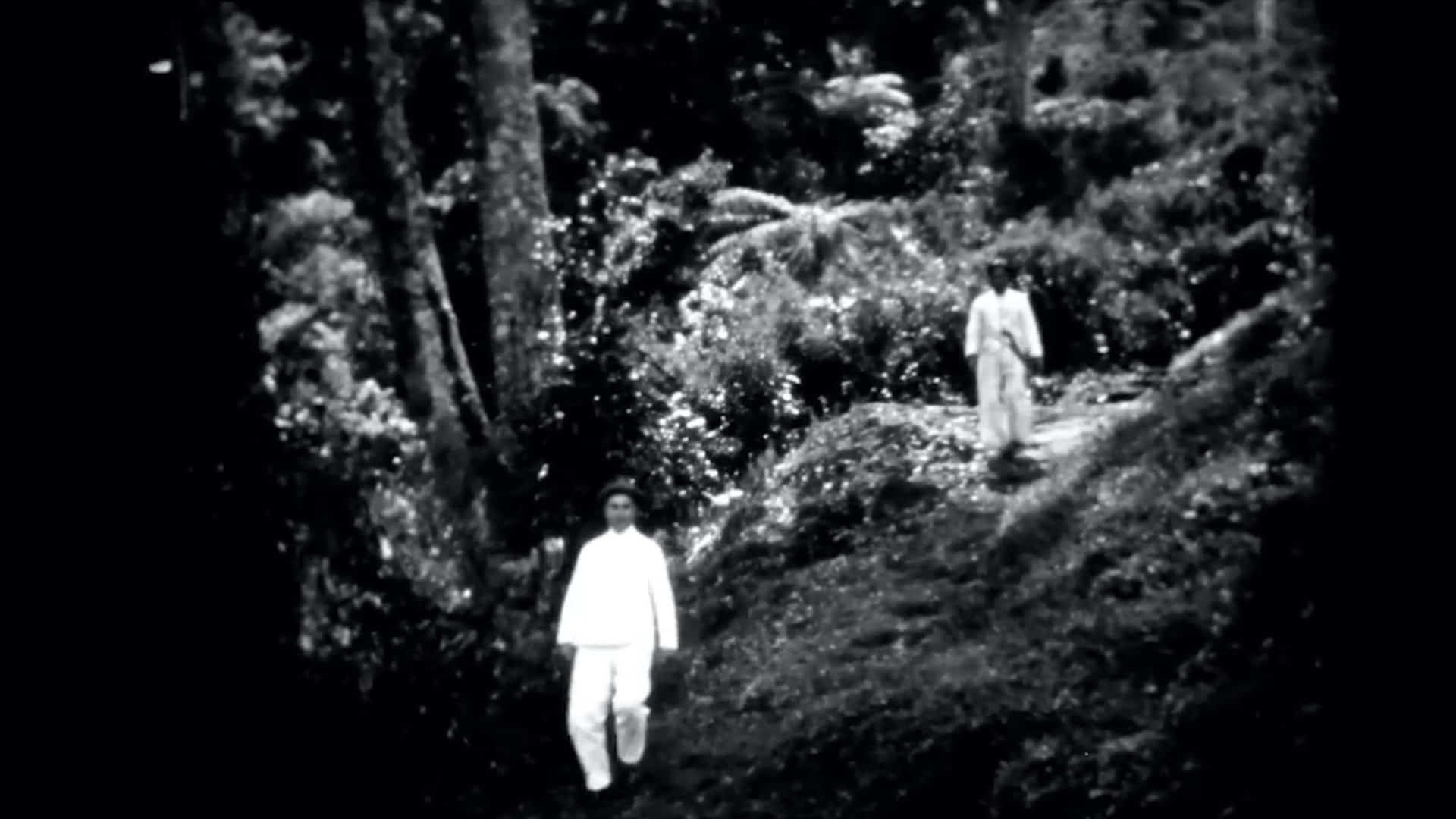
“Tellurian Drama” is an excellent, somewhat experimental short that thrives on the atmosphere it creates and the presentation of a rather interesting piece of history and the various social, philosophical and cultural comments that derive from it (Panos Kotzathanasis)
23. Preman (Randolph Zaini, Indonesia)
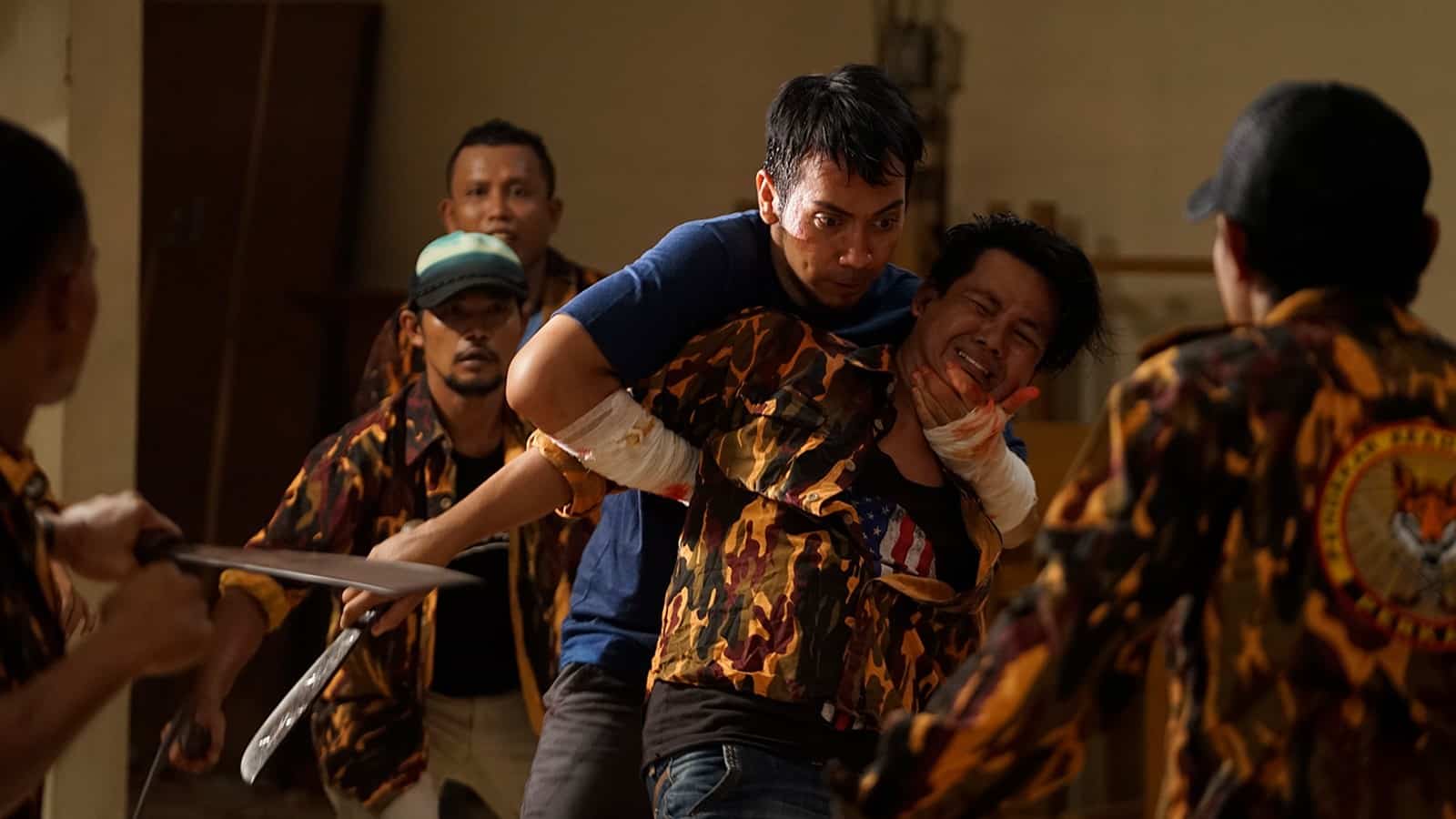
Although the basis of the movie, of an unlawful man going against his former gang, is anything but original, Randolph Zaini has included enough elements here to make his work stand out. Starting with the concept of the deaf mute main hero, and the way he presents the hollow sounds that reach his ears and continuing by having him be a single father, he manages to induce the narrative with an intense dramatic element, which is intensified by the troubles Pandu has in school and the story of how Sandi came to be deaf, after a terrible accident in school. (Panos Kotzathanasis)

22. Photocopier (Wregas Bhanuteja, Indonesia)
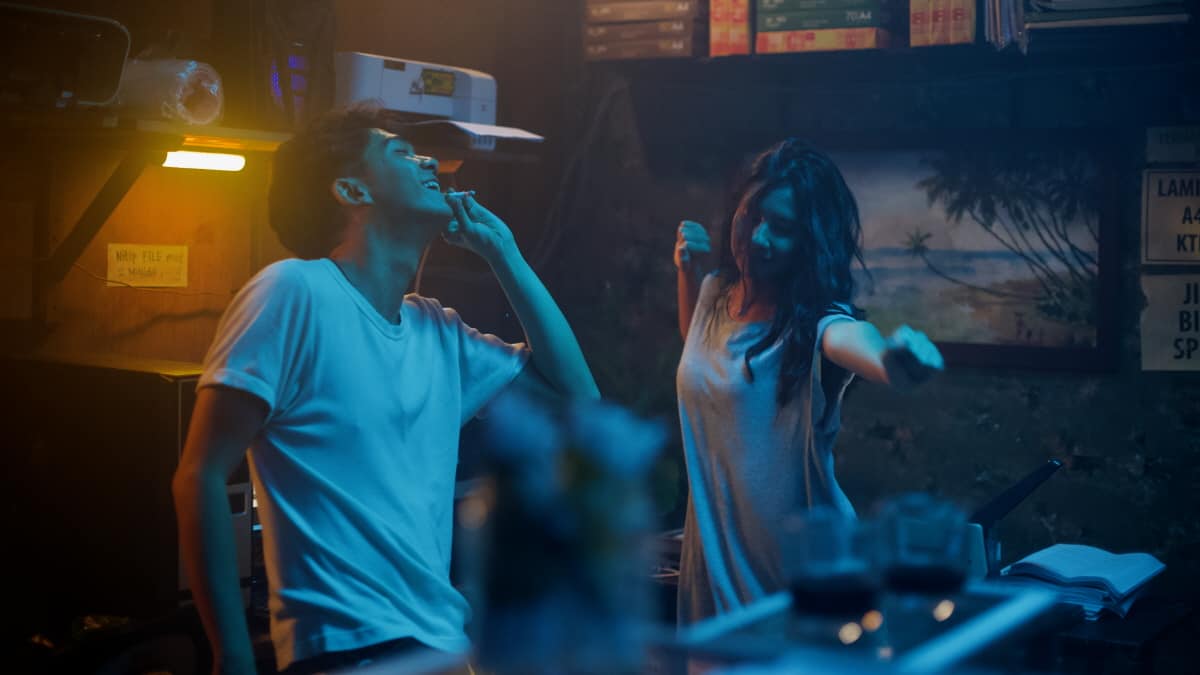
Wregas Bhatuneja directs and co-signs the script (along Henricus Pria) of a whodunit crime thriller, which, essentially, functions as the base for a number of sociopolitical comments. In that fashion, the assault aspect which is eventually revealed to have taken place extends to comments on the inequalities between the rich and the poor, the strictness of the Islamic families and the patriarchy that dominates them, and the suffocating struggles a youth like Sur faces in this setting as a poor girl from a Muslim family fighting against the system. At the same time, and on a positive note, the film also shows a ray of hope, by highlighting the presence of anti-rape activists and the centers they run, as much as the benefits of going against patriarchy. (Panos Kotzathanasis)
21. Hail Driver! (Muzzamer Rahman, Malaysia)
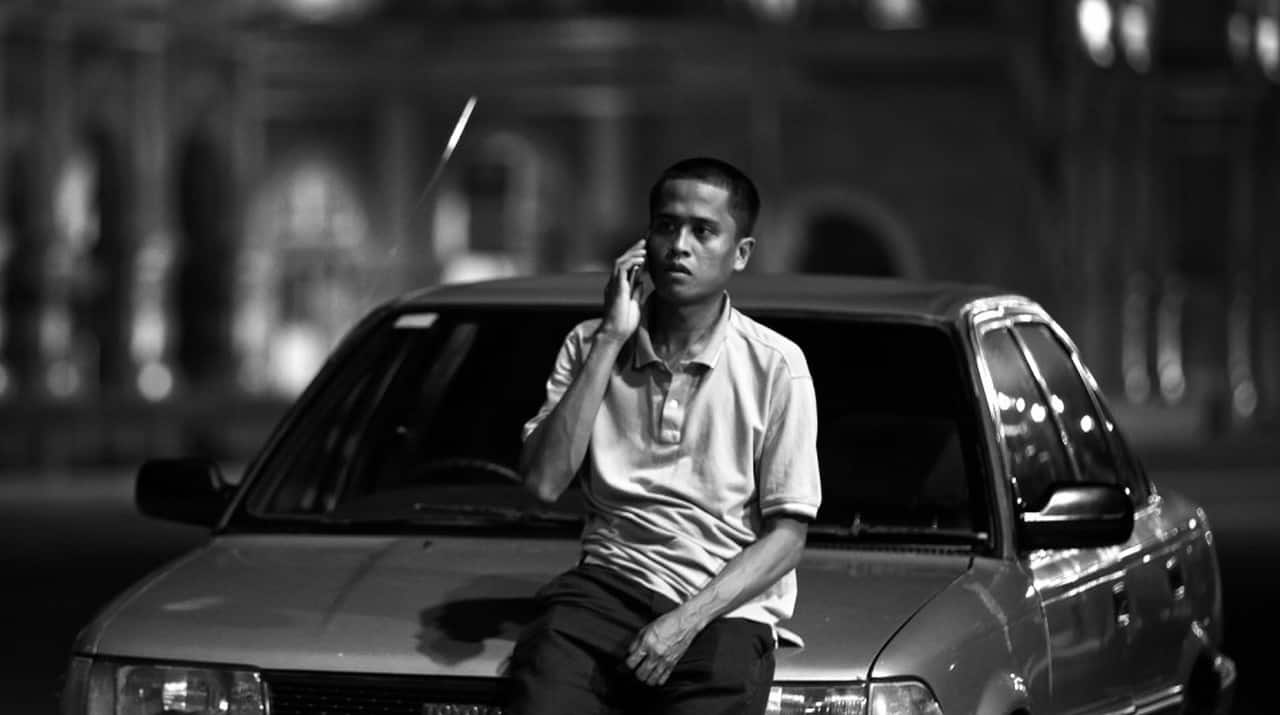
In the end, “Hail, Driver!” is a blend of urban fairy tale and drama. Its imagery, above all, highlights the perspective on the urban landscape as the end of the characters' dreams, a place which keeps people apart and not really the kind of home one had wished for. Muzzamer Rahman has managed to make quite a melancholic and bittersweet film, that shows the contrast within a city and its inhabitants. (Rouven Linnarz)
20. The Glorious Pain (Le My Cuong, Vietnam)
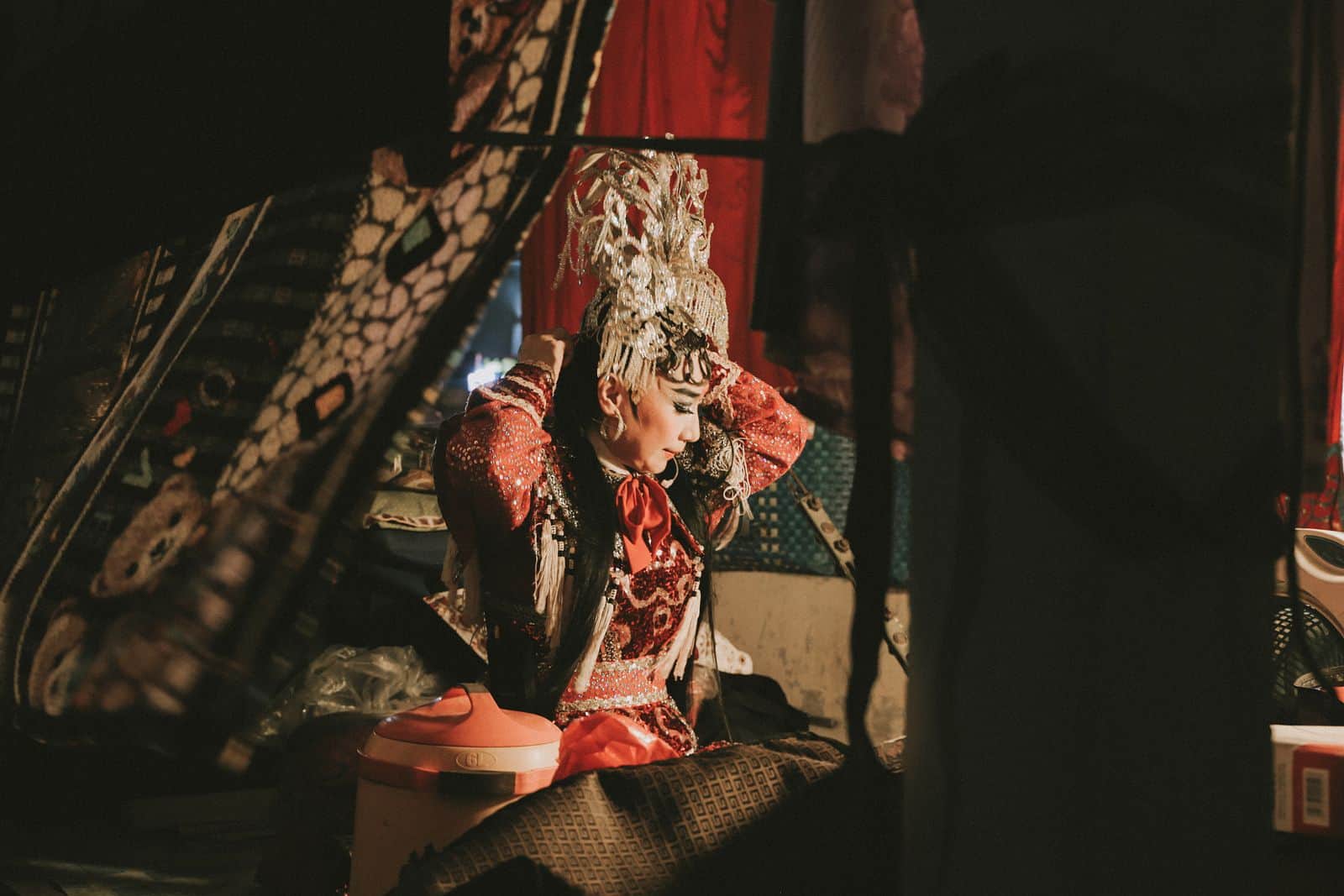
“The Glorious Pain” is an excellent documentary that highlights an aspect of Vietnamese cultural tradition that is about to go extinct and a group of people who are poor, old, tired, but definitely happy. (Panos Kotzathanasis)
19. Irul Ghost Hotel (M.S. Prem Nath, Malaysia)

“Irul: Ghost Hotel” has a lot to like about it. Among the better aspects present are the general atmosphere and aesthetics generated by writer/director Nath. He manages to provide a genuinely unnerving and unsettling atmosphere while shooting within the haunted hotel, as various aspects of the genre are utilized effectively. The layout of the house is one of general disarray and disuse, and perfectly captures the abandoned nature of the structure, which makes sense given how long it's sat empty as it's covered with messy furniture and papers scattered over the floor. As well, the eerie whispers and noises heard in the background don't seem out of place here and just add to the atmosphere of the film. With all the backstory given about the incidents that took place years earlier, there's a sense that something creepy and chilling should be occurring at the location which is what actually happens. The atmosphere being in the area goes a long way towards setting up the terrifying action to come later on. (Don Anelli)
18. Money Has Four Legs (Maung Sun, Myanmar)

“Money Has Four Legs” could have handled its ending and a couple of scenes a bit better, but in general, emerges as a very interesting and entertaining film, which highlights the situation of both country and the movie industry in the best way. (Panos Kotzathanasis)
17. White Building (Kavich Neang, Cambodia)
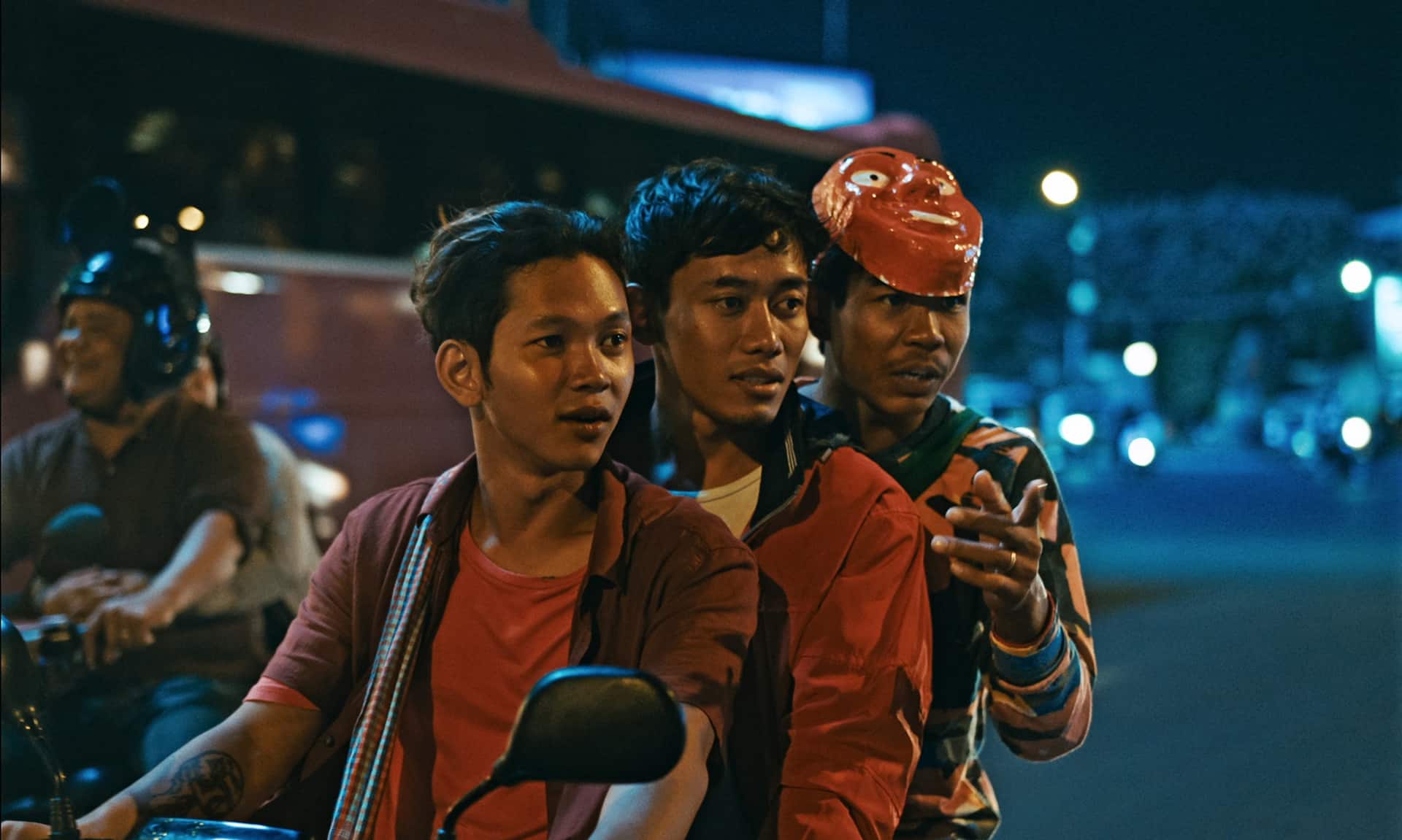
“White Building” is a well shot (the production names include Jia Zhangke and Davy Chou among others), well-directed in its combination of drama and documentary aesthetics, and well-acted movie and in general, a very interesting title on a number of levels. It is also the first Cambodian film to be officially invited to Venice Orizzonti (where Piseth Chhyn got the Best Actor Award) and also the official Cambodian submission to this year's Oscars. (Panos Kotzathanasis)
16. The Bad Man (Lee Yong Chao, Myanmar)

Regarding the production values, Lee kept it as simple as possible, particularly since the movie is a genuine one-man show with him acting, also as co-producer, editor and cinematographer. This approach, however, allows the source material to shine, thus emerging as a rather ideal one. “The Bad Man” is an impressive documentary that highlights in the best way a life people outside of countries that are still tormented by war cannot even fathom, and that is where its most important asset lies. (Panos Kotzathanasis)





